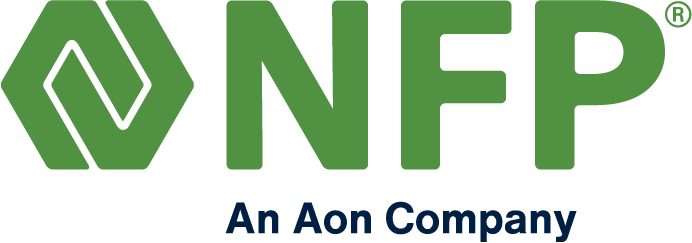Restructuring Case Studies
In 2019, NFPCC was engaged by a private exploration and production company to enhance the current retention program that was put in place two years prior to considering a restructure. The phantom equity values proved worthless and voluntary terminations rose significantly. The existing retention program was deemed to be ineffective and required significant re-design in order to stem the flow of attrition and focus employees on operating the business up to and through restructuring.
NFPCC approached this situation by instituting a pre-petition KERP which was paid 100% up-front in order to mitigate bankruptcy court influence on the program. These payments were subject to a 12-month clawback for voluntary terminations, thereby requiring a full year of service and enhancing the retention of talent.
The value of the retention program was based on market competitive values inclusive of certain adjustments to account for both compressed time horizons for value realizations and lower risk of forfeiture associated with guaranteed payments versus incentive-based compensation opportunity. The outcome of this program has resulted in zero voluntary terminations since implementation.
In 2017, NFPCC was engaged by a large public utilities company to develop a blended KEIP and retention program aimed at working employees toward a 363 asset sale transaction. The company entered Chapter 11, thereby requiring the use of a 503(c) compliant plan.
NFPCC approached this situation by instituting a metric-based incentive program tied to the achievement of quarterly EBITDA and overall sale proceeds. In addition, non-Insiders were provided a retention program which included a performance hurdle. The creditors committee and U.S. Trustee both objected to the plan as providing unreasonable compensation levels relative to the established goals.
NFPCC served as the expert in defense of the objections and ultimately the court approved the programs. The company subsequently succeeded in the asset sale, over-achieving the targeted sales proceeds goal. Executives and employees were paid their incentives and marginal voluntary turnover occurred over the period.
In 2019, NFPCC was engaged by a public exploration and production company to develop a Management Incentive Plan. Leading up to 2018, many energy industry bankruptcies had come and gone. MIPs established during this time were thought to have set the benchmark for future MIPs. It was quickly determined that was not the case. New investors were displeased with historical MIPs in what they perceived to be an already over-paid industry, believing too much value was transferred to management teams historically.
In reaction, 2018 and 2019 witnessed many MIPs come in with much lower dilution, in many cases half of pre-2018 pool allocations (there was a wave of 5% MIPs following the majority 10%). This created concern for the client, as NFPCC described the significant issues companies with low MIP pools faced upon emergence.
NFPCC worked with the company to establish the MIP pool and initial allocations as beginning points for negotiating a stronger MIP. As expected, new shareholders pushed back. NFPCC was engaged in discussions with these shareholders where the detrimental impacts of a low MIP pool were explained. After extensive negotiations, shareholders increased the percentage allocation by 4%, providing greater flexibility to the company in both delivery of initial shares, as well as future award opportunity.
In 2020, NFPCC was engaged by a public energy company to review its severance program, which was deemed by creditors to be overly generous to all employees. Upon review of the program, NFPCC determined the calculation, payout minimums and payout maximums were each higher than market, and were generating a total plan cost greater than market.
Working with legal counsel and financial advisors, NFPCC presented an alternative severance program design to both the company and the Board in an effort to re-align the program to normal market levels on a go-forward basis. The intention of the redesign was to limit the perception of overly rich programs and improve the reaction of creditors to the KERP being presented.
Presently, NFPCC is awaiting feedback on the outcome of this effort.
In 2019, NFPCC was engaged by a public energy services company to redevelop the director compensation program. There was concern related to the amount of hours being worked and the possibility of not being paid once filing occurred. In this particular instance, none of the directors had experienced a restructuring event and lacked an understanding of the nuances and importance of changing the program.
NFPCC moved the directors to a monthly compensation program that included an enhanced annual retainer and meeting fees that triggered once a meeting threshold was passed. The enhanced retainer was intended to offset a portion of the annual equity award that would no longer be a part of the compensation program.
The program was adopted and utilized until filing.






